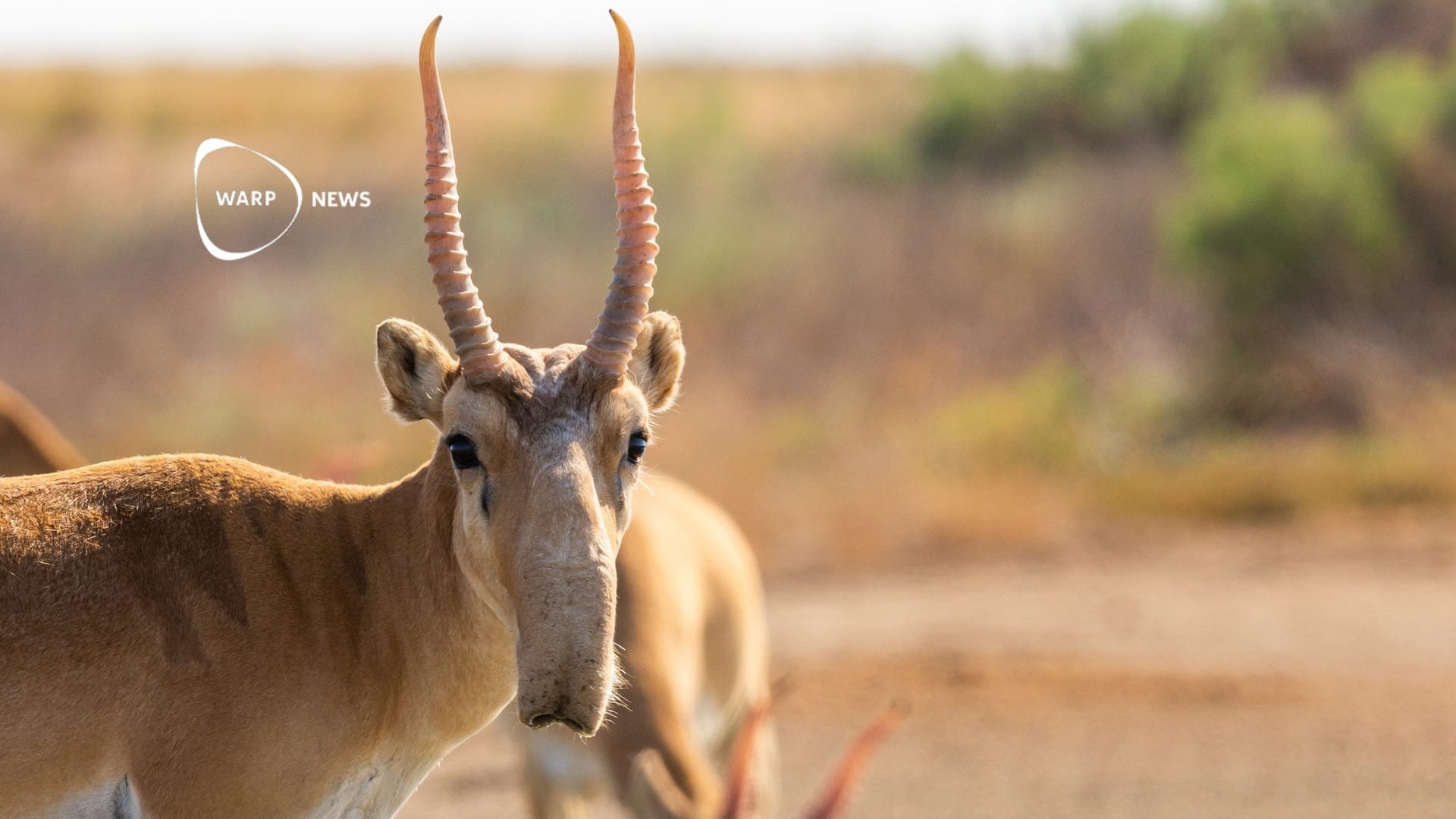
🇨🇴 Apps support “peace crop”
Cacao landscapes and trade are getting back up from technology innovations. This will help Colombia with the goal to ensure zero deforestation in the cacao supply chain. Cacao is also considered a “peace crop” in the war against cocaine.
Share this story!
After nearly half a century of war against cocaine, Colombia is putting faith in the cacao tree. If it can be a viable alternative to coca, the plant used to make cocaine, the gain for farmers and the environment will be huge. To help cacao farmers, two projects are developing technology applications to enhance cacao’s potential and ensure transparency and traceability.
The first project is called EcoProMIS, led by Agricompas. At first their platform was created to provide sustainability monitoring and decision support to Colombian farmers growing rice and oil palm.
Roelof Kramer, CEO of Agricompas, told Mongabay in an interview:
“Now we are digitizing cacao, building a data analytics platform that creates knowledge for free for growers.”
The company believes that this type of information can help farmers optimize the means they have.
The second project is called COLCO and is led by Satellite Applications Catapult. COLCO is both an alliance of independent companies from Colombia and the U.K, as well as a digital platform on which those allies are building apps. Their goal is to help the cacao supply in Colombia to develop and grow.
Under COLCO’s wings there are many great innovations and ideas. Two of these are Plantwise and WeatherSafe.
Plantwise is a plant clinic operator that has worked with at least 40 million smallholders worldwide. Plantwise is an app that uses a methodology they call train-the-trainer. Basically farmers become certified plant doctors. Farmers can access information about plant health in the app and upload pictures of their cacao trees to get guidance from others with similar experiences.
WeatherSafe combines processed satellite images, information about the weather and data from farms to deliver risk updates by text messages. This way farmers can take actions at the right time.
Mark Jarman, who is in charge of COLCO’s pilot projects, said to Mongabay:
“At the moment, they [are] getting advice every two weeks from an extension service. If you can do that on a daily basis, you’re exponentially increasing their ability to make a better decision.”
In the battle against coca, cacao is key. Cacao can grow at many of the same altitudes as coca. One of the big benefits of replacing coca with cacao is that cacao is a perennial tree. The roots hold the soil. Coca, on the other hand, is grown where the forest has been cleared. The deforestation means loss of deep roots to stabilize the soil. Coca is harvested at the stem several times a year. This elevates the risks of soil erosion and loss of topsoil. Avoiding soil erosion is key to the farmers and nature. No soil, no crops.
In 2018, Colombia signed the Cacao, Forest and Peace Initiative agreement. By doing so they committed to zero deforestation in the cacao supply chain. However, if the country is to uphold the agreement, they must find a way for farmers to make more money from the land they already have.
If more cacao can be produced per hectare, farmers’ incomes can be increased without having to clear forest in order to get more cropland. Here is where the apps make the difference. By aiding farmers and helping them make the process easy and clean, Colombia is on the right track towards a more sustainable and peaceful future.
By becoming a premium supporter, you help in the creation and sharing of fact-based optimistic news all over the world.


